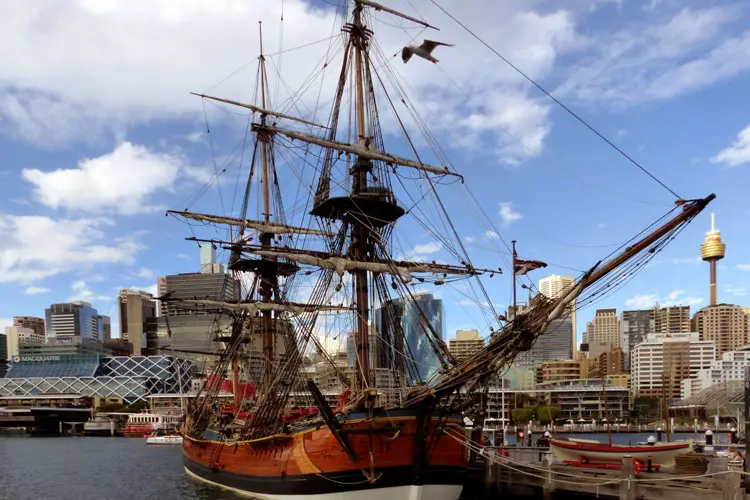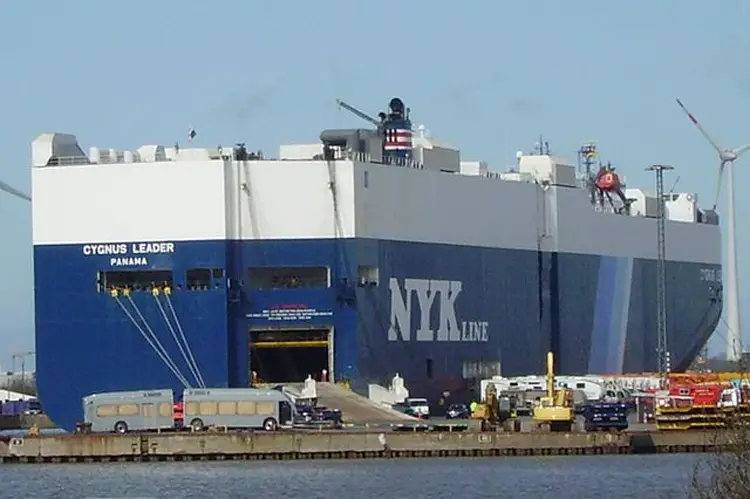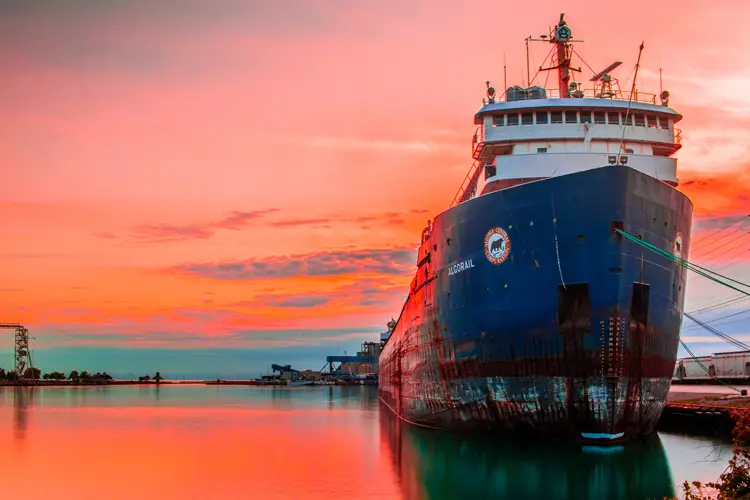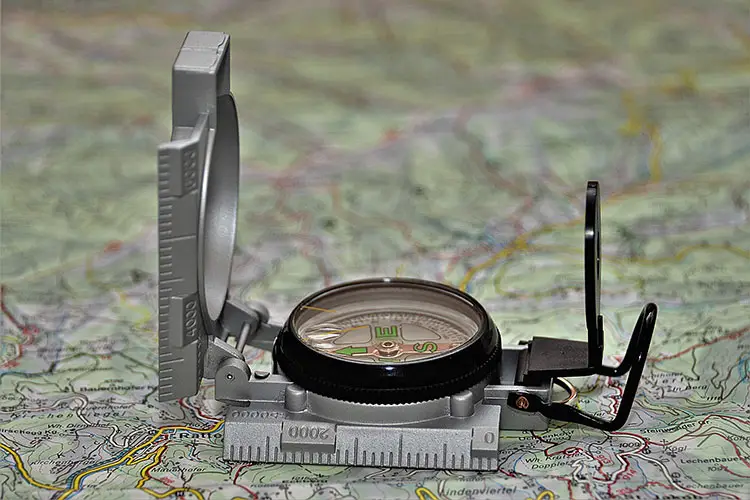Meaning Of Flotsam And Jetsam In Shipping
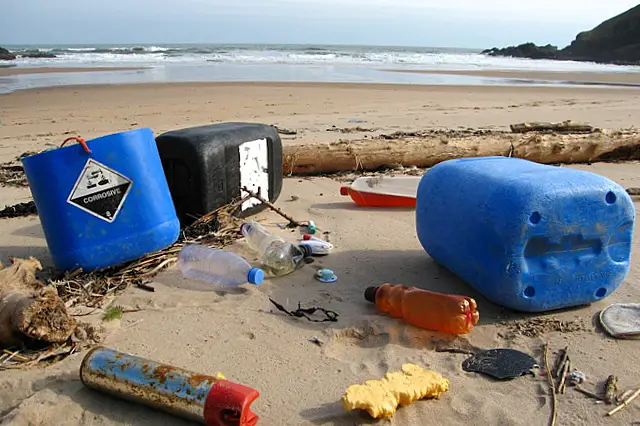
Studying marine life is a huge part of science. Since every branch of science has its terms, so does marine science. Also, just like we use different terms to refer to different situations in aircraft, there are also several different terms used for applying to situations and using as common names during a voyage. These terms are known as nautical terms. Two of the widespread terms are Flotsam and Jetsam.
Many times people misinterpret or misquote nautical terms or get confused between two or more of them.
Two of the most commonly confused such terms are Flotsam and Jetsam. They can even be described as the perfect misnomers. Most people don’t even know about these words and those who do know about them also quite often get confused between their meanings.
Many people think that flotsam and jetsam are unwanted garbage material that is found floating in the water of the oceans. In reality, these two terms are significant nautical terms and can also be considered as some of the most important constituents of the maritime salvaging law.
They are also often classified as shipwreck. There is a lot of difference in their interpretation. Maritime law has set up some terms and stipulations, and according to it the difference between the two words is very important when objects are salvaged and sold for financial purposes. Both of these terms have been in use since the 1600s.
This article discusses the meaning of the two terms and tries to differentiate between them so that people with non-marine careers can also understand the fundamental difference between them.
Let us try to understand the difference between the two terms.
What is Flotsam?
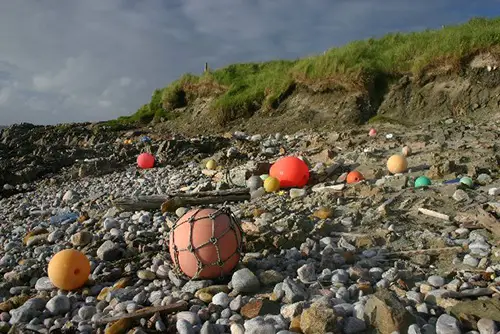
Flotsam: Flotsam is a term used for referring to any vessel that has sunk in the sea and whose goods float to the surface. It is also used to refer to any floating cargo that cast overboard unintentionally.
The maritime law defines it as the goods that float on the surface of the water as a result of an accident or a wreck. The flotsam is not thrown deliberately. There is no clear way of determining the ownership of the goods. In such a situation anyone who discovers the flotsam is allowed to claim it unless someone else claims the original ownership of the items.
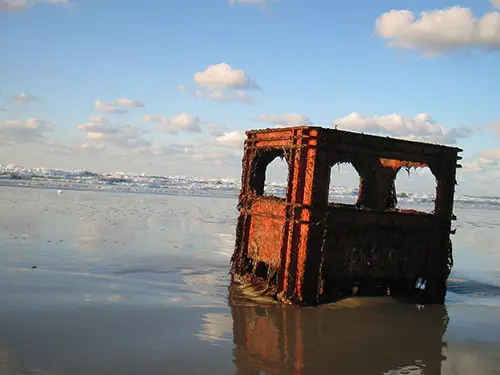
Also read: Top 12 Most Famous Sunken Ships
What is Jetsam?
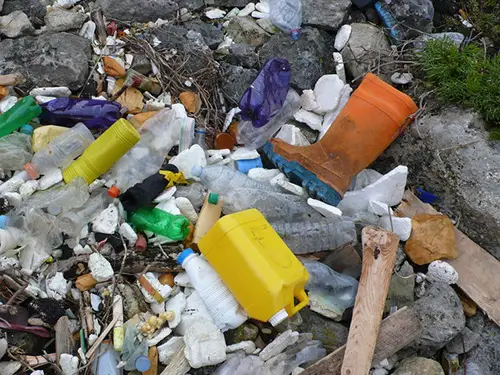
Jetsam: Jetsam is the debris that is purposefully thrown out of a vessel due to situations like emergencies to lighten the load of the ship if there is a danger of sinking. It also floats on the surface of the water.
According to maritime law, anybody who discovers the jetsam has to return the items to the rightful owner only if the owner makes a legal claim.
There is another term called lagan or ligan. A Lagan refers to the goods which are thrown overboard and are also heavy enough to sink to the floor of the sea. So, they are tied up to a floating marker like a buoy or a cock to make it easier to find them by whoever marked the item. Lagan or Ligan are also used for items that are large and trapped in a sinking vessel.
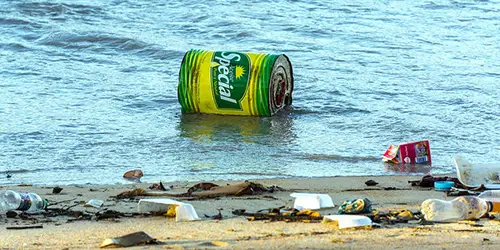
According to the law if anybody finds search items he or she has to return them to their rightful owner as a buoy or a floating object is considered as sufficient grounds to lay claim to an artifact.
Another term derelicts means the objects that have been discarded or thrown into the water.
Pros and Cons of Flotsam and Jetsam
Now let us discuss some of the pros and cons of flotsam and jetsam.
Some pros of Flotsam and Jetsam are that they are not entirely useless. Some of the material in them can be useful for purposes such as construction. Flotsam can be used by researchers to study and analyze the currents and patterns of the ocean. One good example of this is the Pacific Ocean garbage patch.
The Pacific Ocean garbage patch is an area in which an enormous amount of garbage has been collected and deposited in the middle of the North Pacific Ocean due to ocean currents.
It is spread over a large area, and hence it cannot be cleaned or cleared easily. All this is caused by the over-exploitation of resources by human beings and their failure to dispose of garbage properly.
Great efforts are needed, and all the countries need to take initiatives to reduce garbage disposal to prevent more such garbage patches. If such human behavior persists, all of the planet’s seas and oceans will be highly polluted and would significantly affect the aquatic life present in the oceans.
Some of the cons of flotsam and jetsam are that they have a massive and harmful impact on the Marine Ecosystem. Plastic alone causes a lot of harm to the marine environment. It has been mentioned before how garbage patches if created can harm the ecosystem in the oceans as well as human life.
The shipping industry is one of the most critical industries in the world. Ships are essential because they help in transportation, traveling as well as in defense of a nation. In the modern world, it is necessary to have a career and be financially independent. Today there are thousands of career options available for youngsters.
One of the biggest industries that provide the most career options is the maritime industry. This industry provides people with unique opportunities which are also very rewarding. It is a very difficult industry but at the same time pays quite well. Nowadays a lot of people are trying as well as pursuing careers related to ships and marine life.
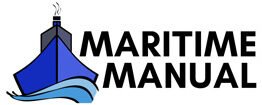
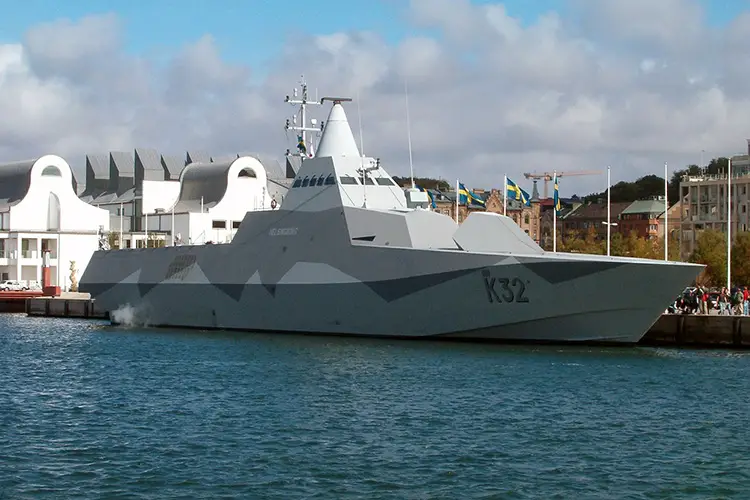
![Straddle Carriers [ULTIMATE GUIDE] 7 Straddle Carriers [ULTIMATE GUIDE]](https://www.maritimemanual.com/wp-content/uploads/2021/07/straddle_carrier.jpg)
